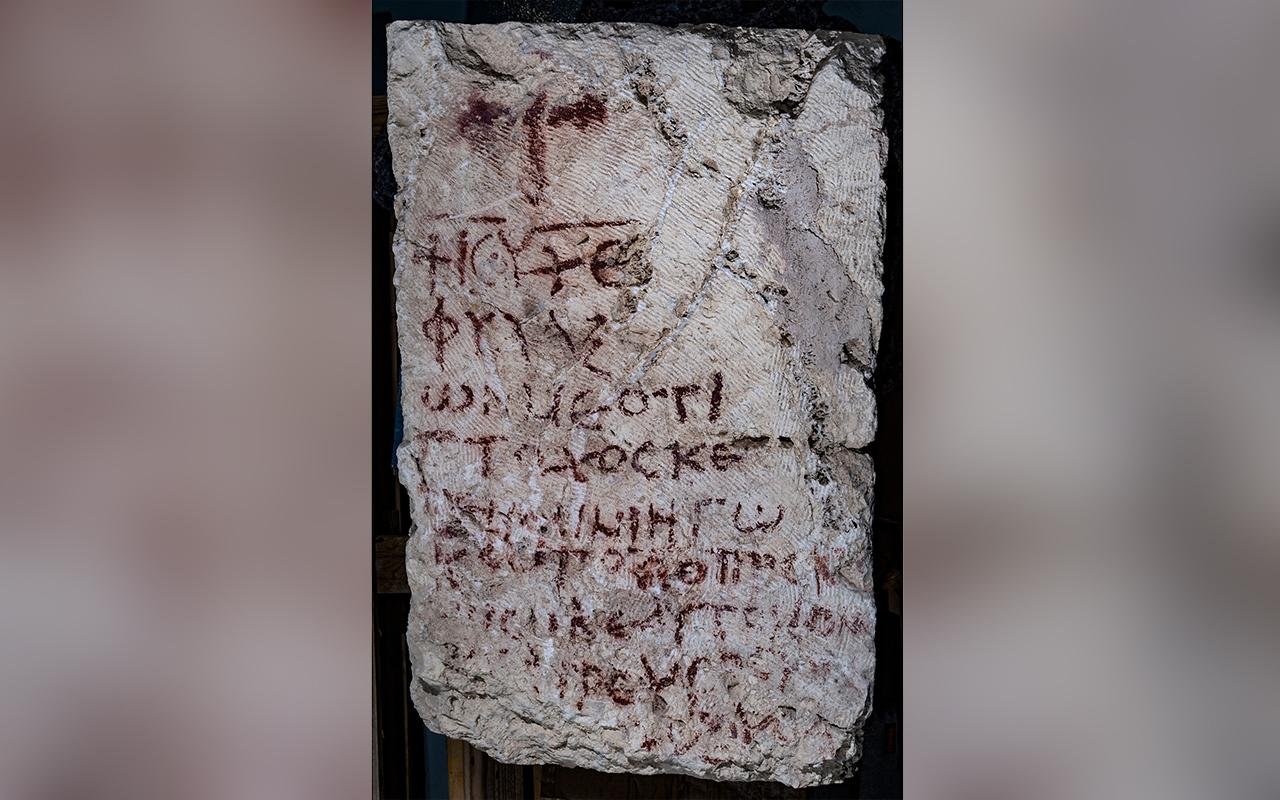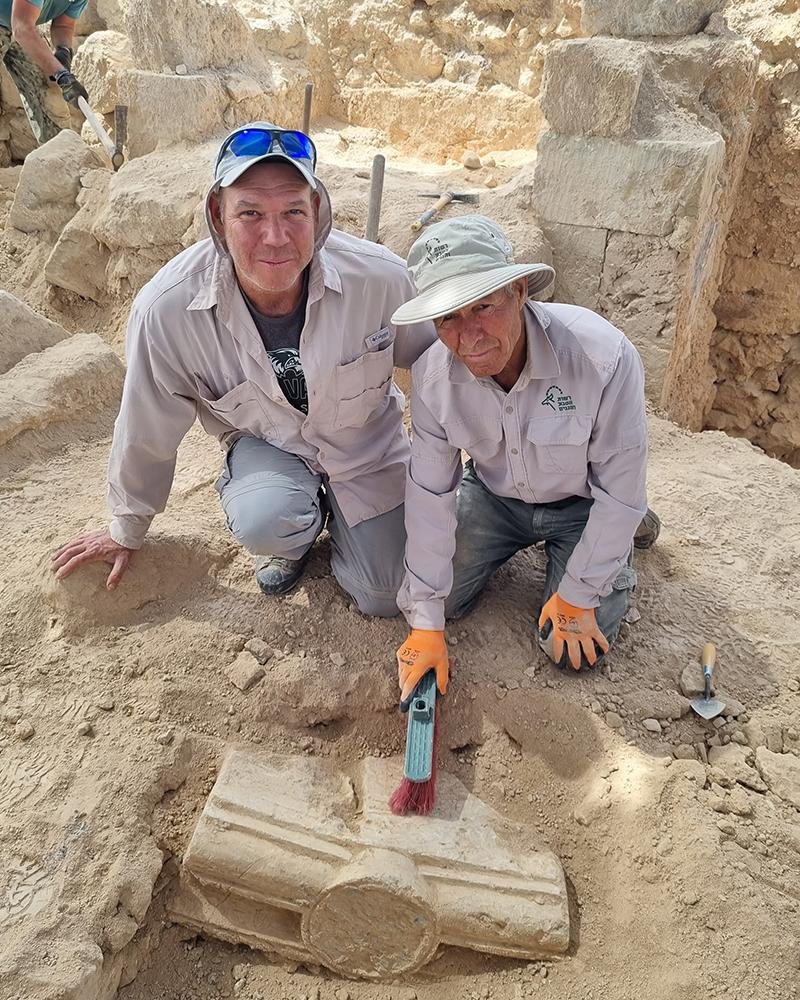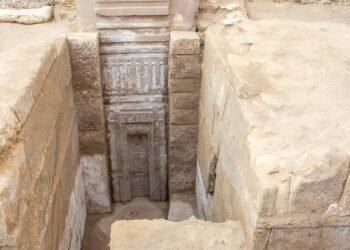A recent archaeological discovery has unveiled a 1,500-year-old text, containing a portion of Psalm 86, also known as “A Prayer of David.” The remarkable find occurred at a former monastery, located at the site of Hyrcania, approximately 11 miles southeast of Jerusalem in the West Bank.

The text, inscribed in Koine Greek, a language commonly used in early New Testament manuscripts, was engraved on a building block within the monastery.
Significantly, an accompanying cross was depicted on the same block. However, a notable error in translation exists within the text, reading, “Jesus Christ, guard me, for I am poor and needy,” whereas the original psalm reads, “Hear me, Lord, and answer me, for I am poor and needy. Guard my life, for I am faithful to you.”
Aside from the translation error, the researchers also observed that the writer, despite using Greek, exhibited grammatical errors suggesting a Semitic language as their native tongue.

This discovery was made at the ancient site of Hyrcania, where a monastery was established in the year 492 CE. This location was built upon the remains of a 2,100-year-old fortress, initially constructed by the Hasmoneans, a Jewish dynasty that once governed the region. During the Byzantine Empire era, the monastery was founded and named “Kastellion” or “Little Castle” in ancient Greek.
Following the Islamic conquest of the region by the Rashidun Caliphate in 635, the monastery continued to function, marking a significant historical continuity. This excavation is the first large-scale scientific investigation of the monastery, although some limited archaeological inquiries had been conducted previously.
In addition to the ancient text, archaeologists unearthed a small gold ring adorned with a turquoise stone. The ring’s diminutive size, just over 0.4 inches or 1 centimeter in diameter, suggests it was intended for a child. The turquoise likely hailed from Persia.
The ring bears an Arabic inscription, “Mashallah,” translating to “God has willed it.” The script’s style implies that this inscription dates back approximately 1,300 years, although the identity of the ring’s wearer remains unknown.
The site also includes Herodian and Byzantine graves. The remote and inhospitable location of the site has helped deter looters. However, there remains a persistent need for academic excavation to protect and document such sensitive sites.

























